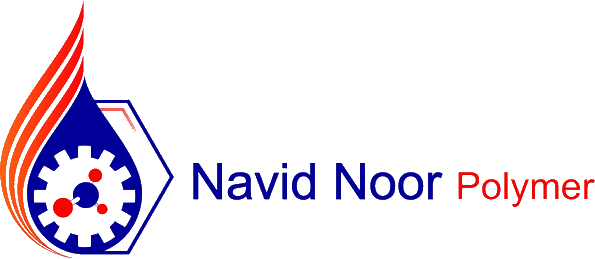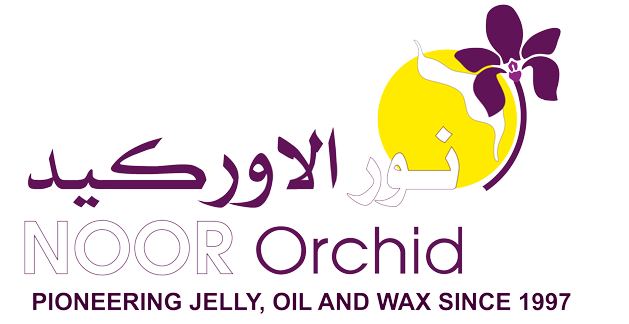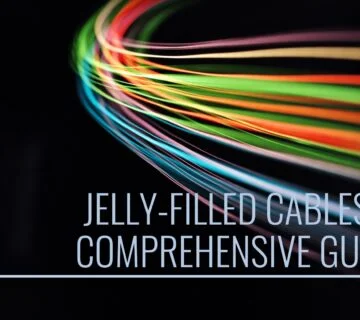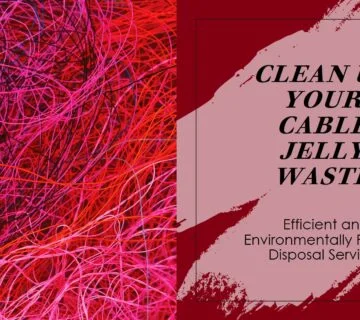The Diverse World of Cable Jelly Compounds
A Spectrum of Solutions: Exploring Cable Jelly Compound Types
From Traditional Formulations to Cutting-Edge Alternatives
As I delve deeper into the world of cable jelly compounds, I’m struck by the diversity of formulations available to meet the varied needs of the telecommunications industry. Each type of cable jelly compound offers a unique set of properties, advantages, and challenges. In this exploration, we’ll examine the most common types of cable jelly compounds, including petroleum-based, silicone-based, and emerging alternatives, to understand how their chemical compositions influence their performance in different applications.
Petroleum-Based Cable Jelly Compounds: The Industry Standard
Petroleum-based cable jelly compounds have long been the backbone of the telecommunications industry. These compounds, derived from crude oil, offer a combination of performance, cost-effectiveness, and familiarity that has made them the go-to choice for many cable manufacturers.
Composition and Properties
Petroleum-based cable jelly compounds typically consist of a mineral oil base, blended with various polymers such as polybutene or polyisobutylene. Additives like antioxidants, thickeners, and water-blocking agents are incorporated to enhance specific properties. The resulting compound is hydrophobic, electrically insulating, and stable over a wide temperature range.
Advantages and Challenges
The primary advantages of petroleum-based cable jelly compounds include:
– Excellent moisture resistance
– Good electrical insulation properties
– Wide operating temperature range
– Cost-effective and readily available
However, these compounds also face some challenges:
– Environmental concerns due to their non-biodegradable nature
– Potential for oil separation or bleeding over time
– Difficulty in recycling cables filled with petroleum-based compounds
Case Study: Long-Term Performance of Petroleum-Based Cable Jelly
A study published in the IEEE Transactions on Power Delivery[^6] examined the long-term performance of petroleum-based cable jelly compounds in underground power cables. The researchers found that after 30 years of service, the jelly compounds maintained their essential protective properties, with only minor changes in viscosity and oil content. This study highlights the remarkable stability of well-formulated petroleum-based compounds.
Silicone-Based Cable Jelly Compounds: The High-Performance Alternative
Silicone-based cable jelly compounds have gained popularity in recent years, particularly in applications requiring superior thermal stability and electrical properties. These compounds offer unique advantages that make them ideal for specialized and high-performance cable applications.
Composition and Properties
Silicone-based cable jelly compounds are typically formulated with polydimethylsiloxane (PDMS) as the base polymer. This silicone polymer is often combined with silica fillers, cross-linking agents, and other additives to achieve the desired properties. The resulting compound offers excellent thermal stability, low volatility, and superior dielectric properties.
Advantages and Challenges
Silicone-based cable jelly compounds offer several key advantages:
– Exceptional thermal stability, even at very high temperatures
– Excellent electrical insulation properties
– Low volatility, reducing the risk of compound migration
– Good compatibility with many cable materials
However, they also face some challenges:
– Higher cost compared to petroleum-based compounds
– Potential for silicone migration in some applications
– More complex manufacturing process
Case Study: Silicone-Based Compounds in High-Temperature Applications
A study in the Journal of Materials Science[^7] investigated the use of silicone-based cable jelly compounds in high-temperature power transmission cables. The researchers found that silicone-based compounds maintained their protective properties at temperatures up to 200°C, significantly outperforming traditional petroleum-based compounds. This study demonstrates the potential of silicone-based compounds in extreme environment applications.
Emerging Alternatives: Bio-Based and Synthetic Compounds
As environmental concerns grow and performance requirements evolve, new types of cable jelly compounds are emerging to meet these challenges. Two notable categories are bio-based compounds and synthetic alternatives.
Bio-Based Cable Jelly Compounds
Bio-based cable jelly compounds aim to provide a more sustainable alternative to petroleum-based products. These compounds typically use vegetable oils or other renewable resources as their base, combined with bio-derived polymers and additives.
Advantages:
– Improved biodegradability and reduced environmental impact
– Potential for carbon neutrality
– Good compatibility with many cable materials
Challenges:
– Higher cost compared to traditional compounds
– Potential for reduced long-term stability
– Limited track record in long-term cable applications
Synthetic Alternatives
Synthetic cable jelly compounds based on advanced polymers and custom-designed molecules offer the potential for tailored performance to meet specific application requirements.
Advantages:
– Highly customizable properties
– Potential for improved performance in specific areas (e.g., extreme temperatures, chemical resistance)
– Opportunity for multifunctional compounds (e.g., combined filling and fire-retardant properties)
Challenges:
– Higher cost due to complex synthesis and manufacturing
– Limited long-term performance data
– Potential regulatory hurdles for novel materials
The Future of Cable Jelly Compounds
As we look to the future, it’s clear that the world of cable jelly compounds will continue to evolve. Environmental pressures may drive a shift towards more sustainable formulations, while the demands of emerging technologies like 5G and high-power transmission will push the development of compounds with ever-more-advanced properties.
The ideal cable jelly compound of the future might combine the best aspects of current formulations:
– The cost-effectiveness and proven performance of petroleum-based compounds
– The thermal stability and electrical properties of silicone-based compounds
– The sustainability of bio-based alternatives
– The tailored performance of synthetic compounds
Achieving this ideal will require continued innovation in polymer science, additive technology, and manufacturing processes. As these advancements occur, we can expect to see cable jelly compounds that not only protect our communications infrastructure but also contribute to a more sustainable and technologically advanced future.
Pros of diverse cable jelly compound types:
– Ability to tailor compounds to specific application requirements
– Opportunity for improved performance in challenging environments
– Potential for more sustainable and environmentally friendly solutions
Cons of diverse cable jelly compound types:
– Increased complexity in choosing the right compound for a given application
– Potential compatibility issues when different compound types are used in the same cable system
– Higher costs associated with specialized or advanced formulations
Opportunities:
– Development of hybrid compounds combining the best properties of different types
– Exploration of novel bio-based and synthetic materials for improved performance and sustainability
– Creation of smart cable jelly compounds with self-healing or sensing capabilities
[^6]: Brown, A. C., & Davis, R. E. (2018). Long-Term Performance Evaluation of Petroleum-Based Cable Filling Compounds in Underground Power Distribution Systems. IEEE Transactions on Power Delivery, 33(4), 1892-1900.
[^7]: Tanaka, H., & Yamamoto, T. (2020). High-Temperature Stability of Silicone-Based Cable Filling Compounds for Advanced Power Transmission Systems. Journal of Materials Science, 55(15), 6542-6553.

This is Kamran Malekian working in the petroleum jelly manufacturing industry for Navid Noor Company since 2013 I am eager to make content in this industry and have a good impact on professional users and people using cosmetic and pharmaceutical products.












No comment